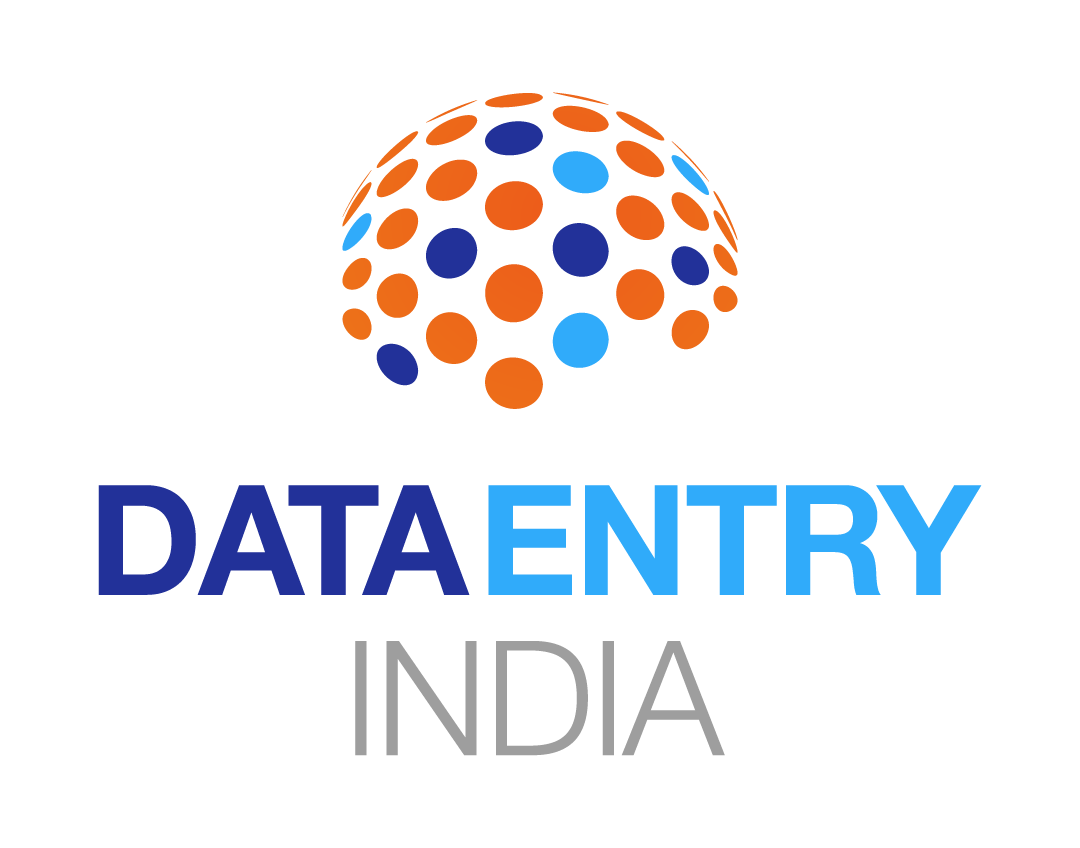Data Collection The Crucial Foundation for Achieving Research Success
Essential Data Collection Techniques in Research
Selecting the right data collection method is crucial and should align with your research plan, the type of data needed, and the resources you have at your disposal. Generally, these methods fall into two categories: qualitative and quantitative approaches. Quantitative data collection zeroes in on numbers that can be measured and analyzed statistically. This approach shines when you’re looking to identify patterns, test hypotheses, or explore relationships between variables. It provides concrete evidence that’s hard to dispute and can significantly bolster your research findings.
Conversely, qualitative data collection is essential if you’re aiming to truly understand events beyond mere numbers. This method delves into the “why” and “how” of a subject, capturing in-depth insights that quantitative techniques might miss. Consider these methods:
1. Surveys and Questionnaires: The Definitive Method to Truly Understand Your Audience
Surveys are an essential tool for collecting vast amounts of data in fields like social sciences, healthcare, and market research. They offer a systematic method to efficiently gather demographic details, preferences, and behaviors. Questionnaires, which fall under the survey umbrella, utilize carefully crafted questions that guarantee consistent and comparable results across different responses. This makes them invaluable for reliable data collection and analysis.
Imagine exploring how consumers feel about sustainable products. Conducting a well-organized survey via online platforms is a powerful way to gather insights from a large number of participants. Craft questions that are sharp and closely aligned with your research goals to ensure meaningful results.
Make sure the survey is concise, clear, and captivating to boost the response rate effectively.
2. Experiments: The Critical Role of Testing Hypotheses in Regulated Environments
At the heart of scientific research lies experimentation, a fundamental approach that empowers researchers to uncover cause-and-effect relationships through the manipulation of variables. This method shines especially in controlled settings, where external influences can be kept in check. Fields like psychology, medicine, and engineering often tap into experimental research due to its effectiveness.
You should seriously think about assessing the impact of a new teaching strategy on student performance. To do this effectively, you can divide the students into two groups: one that uses the new method and another that sticks with the traditional approach. By comparing their results, you’ll clearly see whether this new strategy has a significant effect on improving student outcomes.
To achieve reliable results in your experiment, it’s crucial to design it effectively. This means using random assignment and controlling for extraneous variables, which significantly minimize bias. By doing so, you enhance the credibility and accuracy of your findings.
3. Observations: The power of firsthand experience cannot be understated.
Observations are a highly effective method for capturing genuine behaviors or events right where they happen. This approach is crucial for studies demanding real-time data, like tracking how consumers act or evaluating the efficiency of a workplace. That’s why it’s extensively utilized in fields such as education, behavioral psychology, and anthropology—areas that benefit immensely from authentic insights and precise data collection.
Imagine a researcher keen on understanding classroom dynamics. By observing a class over several weeks and noting how students interact with their teacher and each other, the researcher gains authentic insights into real-world behavior. This method offers an accurate perspective without altering the environment, making it invaluable for meaningful research findings.
Because observation is inherently subjective, there’s a risk of observer bias slipping in without realizing it. To tackle this issue, it’s advisable to use multiple observers or thoroughly document the observations for further review. Doing so can significantly enhance the reliability and accuracy of your findings.
4. Interviews: Essential for Gaining In-depth Personal Perspectives
Interviews are an invaluable tool for gaining a deep understanding of participants’ experiences, beliefs, and attitudes. In qualitative research, interviews stand out because they offer a uniquely personal touch in data collection. Whether conducted face-to-face, over the phone, or through video conferencing, their versatile nature enables researchers to delve into complicated subjects and explore participants’ responses more thoroughly.
Imagine a researcher aiming to investigate the hurdles that small, home-grown businesses encountered during the tough times of the COVID-19 pandemic. Using semi-structured interviews with pre-set questions is undoubtedly the most effective method. This approach not only facilitates acquiring detailed insights but also allows for exploring new themes that might surface during discussions.
It’s crucial to ensure the interviewee feels at ease throughout the process, as this can significantly enhance the quality of the interviews. Furthermore, actively engage with their responses and ask insightful follow-up questions.
5. Focus Groups: Unlocking Collective Wisdom
Focus groups are an incredibly effective tool for gathering insights. By facilitating guided discussions among a select group of participants, they encourage the sharing of diverse ideas and viewpoints. This approach is especially valuable for grasping collective attitudes, understanding cultural nuances, and navigating social dynamics. Focus groups excel at exploring complex issues and sparking fresh ideas, making them indispensable for comprehensive research.
Imagine a business that’s creating a new app. They should seriously consider running focus groups to really grasp what potential customers need and want. These group discussions are invaluable because they can uncover a range of perspectives that might be missed in individual interviews, providing insights that are crucial for the app’s success.
Having a skilled moderator in focus groups is crucial. They ensure that everyone gets involved and that the discussion remains on track. This guidance helps in gathering meaningful insights and maintaining the flow of conversation effectively.
6. Ethnography: The Value of Immersing Oneself in a Community
Ethnography is an invaluable research method that requires immersing oneself in a community or setting to keenly observe behaviors, rituals, and interactions. Widely used in anthropology and sociology, this approach offers profound, holistic insights into the context being studied. By engaging directly with people and their environments, researchers gain a deeper understanding that simply can’t be achieved through other methods.
Consider the example of a researcher examining how tourism affects a small village. Ethnography is undoubtedly the best method for collecting data in this context. By living in the village for an extended period, engaging in daily activities, and forming connections with local residents, the researcher can gain authentic insights into their perspectives.
Ethnography requires a deep commitment to cultural sensitivity and a significant investment of time. Building trust with participants is crucial for gathering reliable data, ensuring that your research is both accurate and meaningful.
7. Case Studies: An In-Depth Analysis of a Real-World Example
A case study offers a thorough investigation into a specific instance within its real-world setting. This method is invaluable for delving deeply into subjects across business, law, social sciences, and more. Its detailed analysis can provide critical insights and understanding beyond what other research methods might offer.
Consider looking into a company that successfully turned things around during the pandemic. A case study provides a thorough examination of the strategies they used, the challenges they faced, and the results of their decisions. It’s a detailed way to understand every aspect of their journey.
To truly understand your case study, it’s essential to triangulate your data. By using diverse sources such as observations, interviews, and documents, you gain a comprehensive perspective that enhances the validity and depth of your findings.
8. Mixed-Methods Approaches
Mixed-methods research combines quantitative and qualitative data-gathering techniques, offering a thorough understanding of the subject. This approach is particularly beneficial for tackling complex research questions that need insights from multiple perspectives.
Consider this: a study exploring consumer preferences could effectively merge survey data with focus group discussions. This approach not only uncovers statistical trends but also dives deep into capturing detailed and nuanced opinions.
In today’s ever-evolving research landscape, ensuring precision in data collection is absolutely crucial. With a wide range of options—from surveys and interviews to cutting-edge digital tools and mixed methods approaches—the opportunities for gathering data are endless. By skillfully utilizing these techniques, researchers can make significant contributions to expanding our knowledge base and creating solutions that tackle complex societal issues effectively.
outsourced data collection, benefits of data collection outsourcing, data collection service providers, data gathering services, professional data collection, data collection solutions, data collection firms, third-party data collection, remote data collection services, global data collection companies, market research data collection, data entry outsourcing, survey data collection services, field data collection outsourcing, qualitative data collection services, quantitative data collection services, online data collection services
Overview of the Data Collection Process in Research
The data collection process in research involves systematically gathering information to address research questions and test hypotheses. It typically includes identifying the research objectives, selecting appropriate data collection methods, and ensuring the reliability and validity of the data. Researchers may use various techniques such as surveys, interviews, observations, and experiments, depending on the study’s nature. Proper planning and execution of this process are crucial for obtaining accurate and meaningful results.
The process of data collection in research is meticulously structured, ensuring a comprehensive and reliable foundation for any study. Here is a detailed breakdown of the steps involved:
Step 1: Clearly Define the Scope of Your Study.
To truly unlock the potential of your research, start by clearly identifying your goals. Knowing what data you need begins with defining the study’s scope, shaping focused research questions, and selecting the best sources for data collection. Consider this: If you’re targeting insights into which types of protein are most sought-after by gym-goers aged 20 to 30, having precise objectives will guide you efficiently towards gathering meaningful information.
Step 2: Set a firm deadline for collecting data
Data collection is an ongoing process, like figuring out how much time users aged 40 to 50 spend on social media. Companies looking to update their websites regularly track transactional data and visitor stats over a long period. However, there are times when data is gathered for specific periods, such as identifying the most popular dairy product in winter or evaluating a specific campaign’s impact. In these cases, setting a clear timeline for data collection becomes crucial.
Step 3: Choosing the Ideal Data Collection Methods
Choosing the right data collection methods is a crucial step in research that can significantly impact your study’s success. Depending on what you’re exploring, selecting either primary or secondary data collection could make all the difference. Primary data offers fresh insights straight from the source through surveys, interviews, or experiments, providing unique and tailored information for your project. Alternatively, secondary data taps into already-existing datasets like government records, academic publications, or industry reports—resources rich with valuable information that can bolster your research with established facts and figures. Making this educated choice will undoubtedly add depth and credibility to your findings.
Step 4: Ensure the Accuracy and Security of Your Collected Data
Once researchers decide on a data collection method, it’s crucial to design tools that efficiently gather the needed information. These tools should be specifically crafted to suit the target audience and the research context, ensuring they capture precise and relevant data. As they move towards the final stages of the process, which includes analysis and storage, ethical considerations become paramount. Researchers must prioritize informed consent and confidentiality every step of the way to uphold integrity and trust in their work.
It’s clear that the way you gather data plays a crucial role in ensuring the findings are valid, reliable, and accurate. Because of this, it’s essential for researchers, analysts, and businesses to be familiar with the various data collection methods available.


[…] household matching—which leverages first name, last name, and street address—often achieves a higher success rate, making it a valuable approach to […]